Centralized aircon units are very best when it comes to providing an amazing temperature in your full Singapore home matched to single room aircon or window units that just provide limited comfort in the rooms.
If you mainly live in areas that heat up during the hot months, having a central AC in your home will be of big advantages.
Advantages of centralized aircon
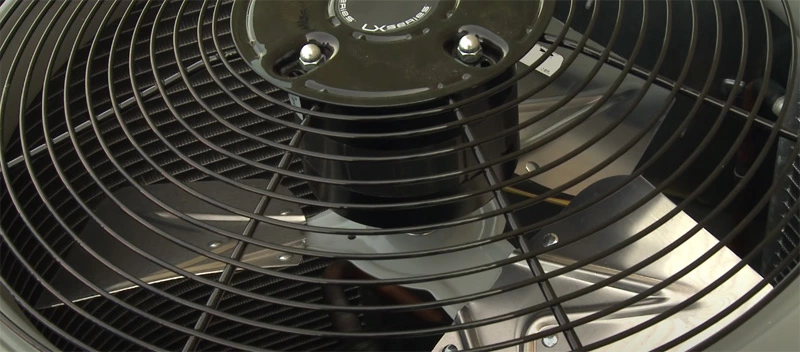
Among the advantages you will get for installing a central aircon is the level of relaxation that you will get. Since they chill the full room, you will feel relax match to if you had installed individual units by different rooms all through the home. This way, you will not walk out of 1 room that has been cooled by an individual unit to just encounter hot air as you exit from it. Most centralized AC system also runs quietly. You will barely hear the system working, except for a slight click as well as blowing sound that is generated when the thermostat kicks the system on. The air conditioner will not disrupt your atmosphere while you are in the home.
Another best thing about a centralized aircon is that when it is fixed, it does not leave any visible signs in or around your house except for the air compressor that is generally located in an obscure place either in the side or back of your home. It provides the home very best aesthetics. This system is generally managed by a thermostat it off and on as required in order to keep the home at a best temperature. Some of the systems have programmable thermostats that have the capability to replace the temperature in the home at different during the day as well as night depending on your schedule. This not just keeps your house relax, but it also helps to conserve power.
Disadvantages of centralized aircon
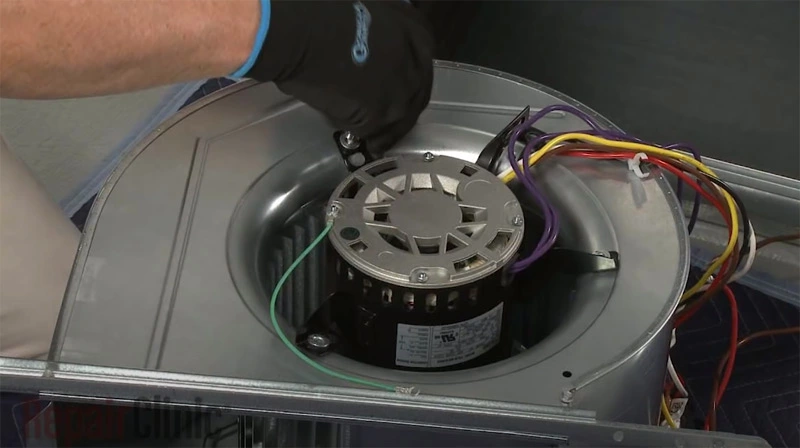
Even though the centralized aircon have a lot of advantages, there is a quite bit of downside to them. Since they are meant to cover full household rather than the rooms in the home, the working cost linked with them also rises shockingly. This is because they need added power to run matched to individual window units. Also, since the AC are required to fit the size of homes, when doors are closed. The systems might not job rightly since they need to flow via the full household.
Another disadvantage of the centralized air conditioner is that they job until the temperature of the home reaches a designated level. This implies that the full home to be completely sealed off. In case a window is left open somewhere, the warm air can fast get into the home and this make the AC system to continue working. As an outcome, a lot of power will be used and ultimately your bills will also go up.
The existing AC systems are unlikely to be capable to manage the added workload after a house addition projects such as changing a garage to a living room.
How does centralized aircon work?
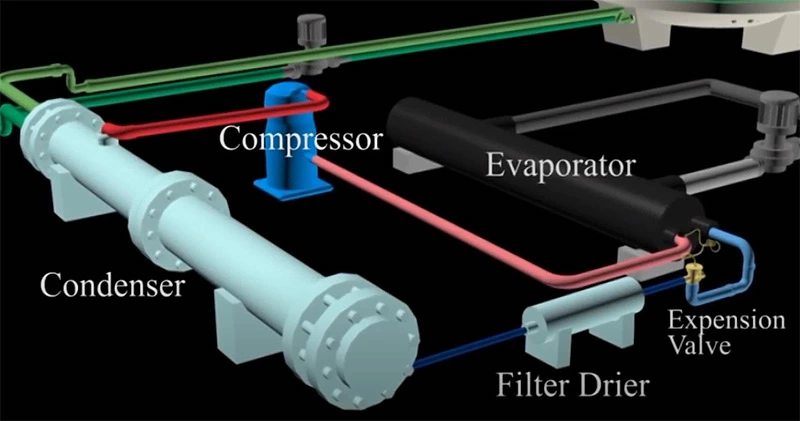
How does a centralized air conditioner work? This professional article clearly explains how a centralized aircon cools a home by cycling refrigerant via its unit and delivering cold air via ductwork.
A centralized aircon is like a massive refrigerator for your home. It employs the similar forms of materials, components, and units as a refrigerator, including refrigerant which changes form fluid to gas and back to the fluid as it travels via a unit of coils and tubes or fins that collect and give off warmth.
As it goes via this cycle, it gathers warmth form 1 place and transfers it to another. At the similar time, it makes cold in one area and delivers that cold to another. In the matter of an AC that place receiving chilled is a furtherance cabinet or air handler that is equipped with an air blower that pushes the cold air all through your home.
The furnace or air handler is usually situated in an out of the side place such as an attic or basement. This device pumps cold air all through the home via a system of the air ducts – often a similar unit used by a forced furnace during the heating period. Once or more AC thermostat in the home serves as the controllers for the turning the cooling unit off and on as space temp fall and rise.
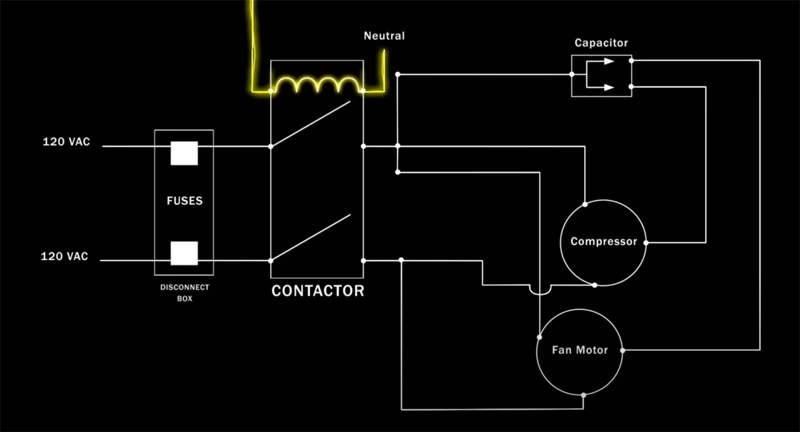
A centralized aircon runs on electricity. During summer periods, when it working too much, it can consume a lot of electricity, so the effectiveness of the AC can be a very vital feature. If you are purchasing a new air conditioner, this means selecting one that’s made for power-efficient and sized perfectly for your home.
When the thermostat signals the AC unit to lower air temp, a complete sequence of events starts, first, the air managing system kick on, drawing area air in from several parts of the home via return air ducts. The air is pulled via one or more air filters. Were airborne elements such as lint and dust are removed sophisticated air filters might eliminate microscopic particles as well. Then the cold air is routed it supply ductwork via which the blower forces it back to the rooms.
But how does the coil evaporator get cold in the primary place? That’s where refrigeration laws come into the game.
Every aircon has 3 main sections, an evaporator, a condenser, and a compressor. With the usual split unit aircon, the compressor and the condenser are situated in the outdoor system and the evaporator is mounted on or in the air managing system that is often forced furnace. With a packing unit, the entire of the components are joint in the one outdoor system that might be situated on the base or the room.
Refrigerant moves via copper tubing that runs among the condenser and the evaporator. This refrigerant release and receive warmth as it raises and lowers its temp, alerting from fluid to gas and then back to the fluid.
Centralized aircon vs ductless mini-split aircon

For households in Singapore, the decision among selecting a centralized AC and ductless mini-split AC can be a hard one. Let us compare the main differences between the 2 choices.
The key difference among the centralized aircon and ductless mini-split systems are the cost, amount of service, and the overall look of every unit. Ductless mini-split systems can be more costly and are not the most good looking, but they need small to no maintenance. On the other side, centralized AC units are less costly and virtually invisible but they do need yearly maintenance.
Ductless mini-split air conditioner
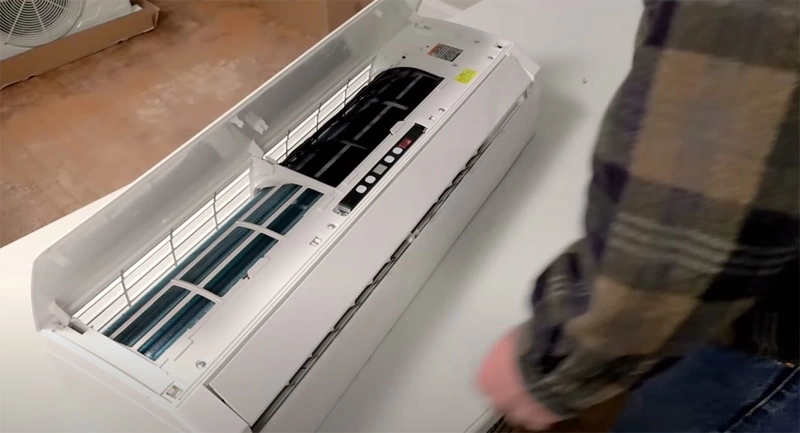
The ductless mini split air conditioner has 2 main components – and outside compressor and an indoor air managing unit. Conduct connects the outdoor system with the indoor system.
Pros of ductless mini-split unit
The ductless mini-split unit doesn’t need ductwork, making it more convenient cooling for an old home with very thick walls. It remains your space temperature at a consistent tempo, unlike an AC system that goes on/off all through the day. In the winter season, the unit works in reverse by absorbing warmth from the outdoor air and turning it indoors to warm your house, too.
Their small size allows for the best flexibility in temp zoning – AC is limited to the rooms in that the air handlers are situated. These units tend to run very quietly then centralized AC units and are simple to install. Some ductless mini-split variants have the best efficiency rating of any sort of AIRCON system.
Cons of ductless mini-split Unit
Though a ductless mini-split unit can save you money in a long time, the first installation cost can run very high. It might be hard to find a skilled, expert AC installer. Improper placement or sizing can mean that your system runs less effectively. Some households aesthetic problems with a wall-mounted system.
Centralized aircon
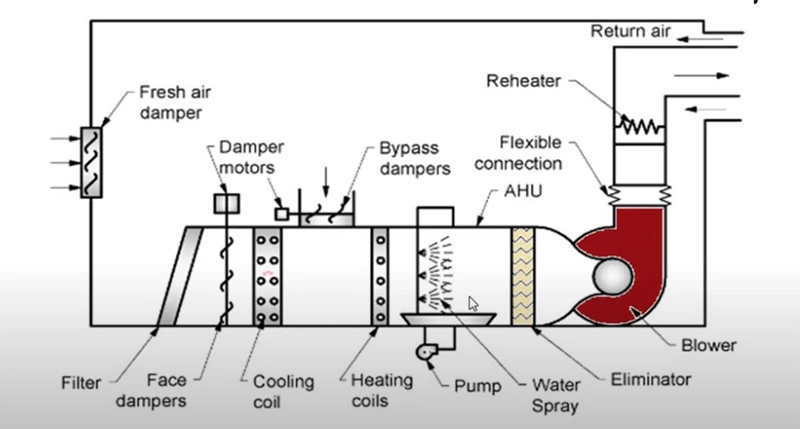
A Centralized AIRCON unit treats air at a central spot and allocates it to and from areas by one or more fans and a number of ducts. Supply ducts as well as registers carry this cold air from the AC to the house. The air becomes hot as it circulates via the house; then it follows reverse to the Centralized AIRCON via returns registers and ducts.
Pros of a Centralized Aircon Unit
If you aim to keep your full home cool, Centralized AC is most likely your best choice. With advance variants, you can count on cool, efficient, and comfortable temps and lower moisture.
The Centralized air conditioner unit is also virtually invisible and it also adds worth to your house.
Cons of Centralized Aircon Unit
As with a mini-split Air conditioner unit, you can run into cost issues if the system has not been perfectly sized. (Though, the upfront is considerably very less or just change an existing system with a new and fresh Centralized AIRCON system rather than with a ductless mini-split air conditioner system).
Lastly, among these 2, there’re so many stark differences, but when compared, it is difficult to determine which is best and even difficult to ascertain why one should be picked over another choice.
Central AC FAQs
How much is a central AC unit?
Normally, the cost of a central air conditioner unit should be around $1500 and $4000 with installation, which varies significantly depending on what the condition of your duct is. However, factors such as choice of unit efficiency, how well insulated the house is, the size of the unit needed, and others may determine its actual cost.
What is the average life of a central air conditioning system?
The most newly developed air conditioner should use about 15 to 20 years before you start to consider whether to replace them or not. However, most of these systems come with the highest and best quality parts but the more you use them, the more their vulnerability to wear and tear increases. Regardless of the amount of usage, a central air conditioner unit should provide an average lifespan between 12 to 15 years before they need to be replaced.
Is central air worth it?
Yes, the central air conditioner unit is worth it, the first benefit you will experience is optimum indoor comfort. Whereas other units such as window units can only be effective in cooling a small area, a centralized air conditioner will provide a more consistent comfortable temperature throughout your home. In addition, installing a central air will not only provide you greater indoor comfort but will also add value to your home by 10%, especially if you’re selling it soon.
How long do central AC units last?
How your Air condition will last may vary depending on its usage. On average, a well-managed, regularly use air conditioner may last for 15 to 20 years. However, factors like poor installation, lack of maintenance, and others may affect its longevity.
Why does my central ac freeze up?
There are several reasons why your air conditional is freezing up. However, your air conditioner might freeze up if there is a blocked airflow, refrigerant leaks, mechanical problem, and others.
How many watts does a central ac use?
A central air conditioner uses the duct of your home to provide cool air throughout your building without having to install any window unit. So don’t expect less cost for the conveniences and comforts it provides. On average, a central air conditioner will use between 3000 – 5000 watts for about 9 hours a day during the time when air is hot.
How does central air work in apartments?
The central air conditioner uses an outdoor condenser coil and compressor that is connected to an indoor furnace that is held with an evaporator coil it then passes through an expansion machine that turns it into a low pressure and a low-temperature liquid. It then returns to the indoor unit through the duct of the building and then releases air throughout the whole building.


